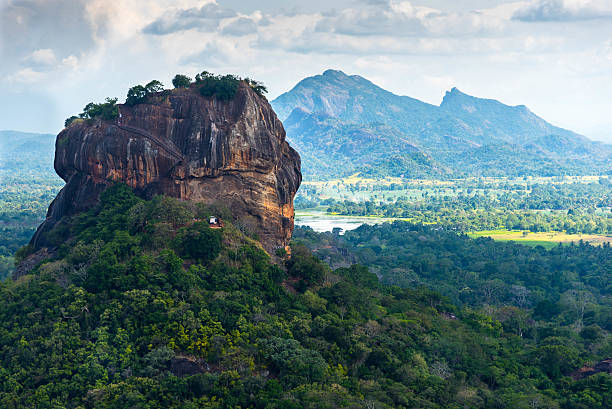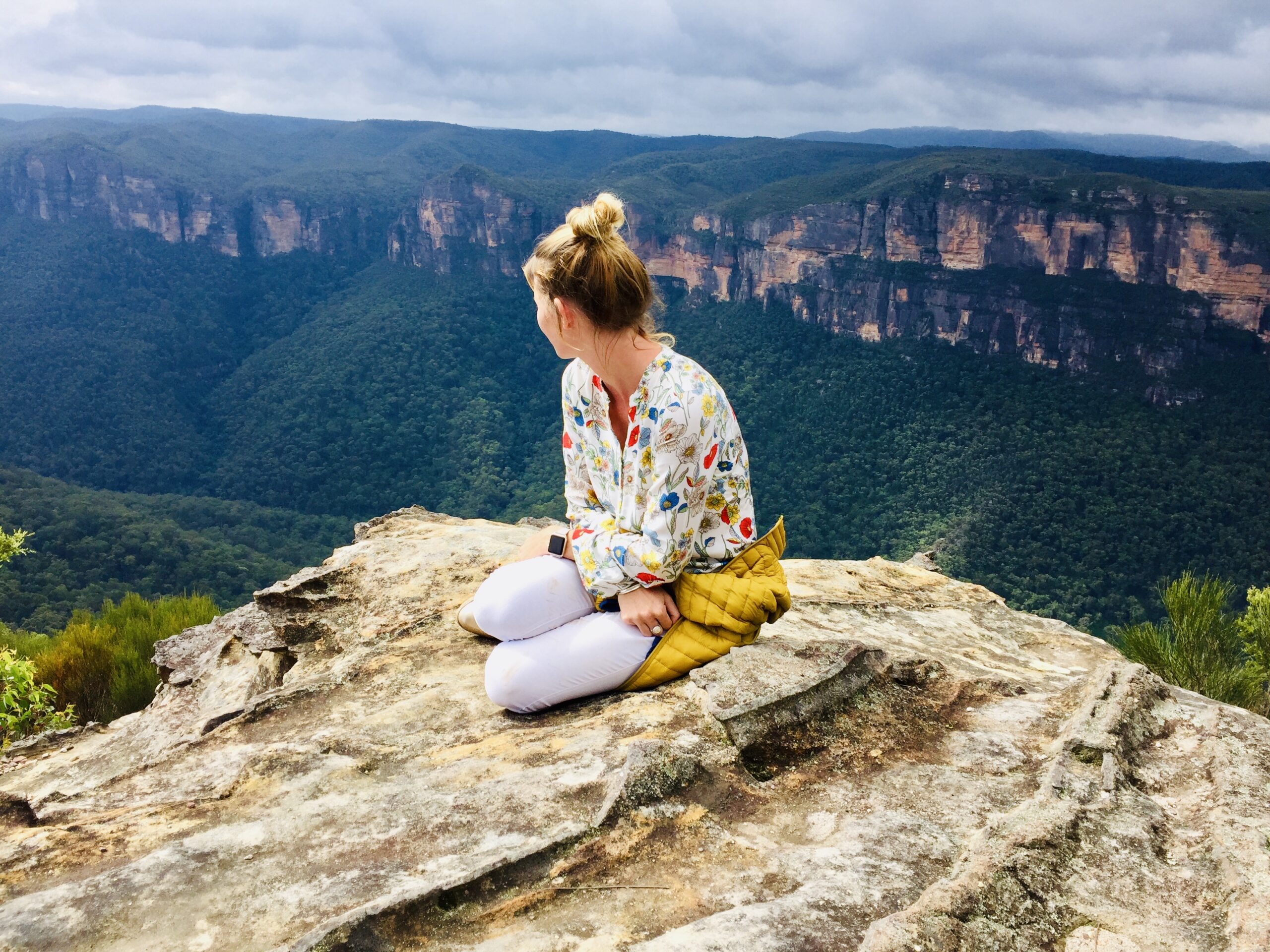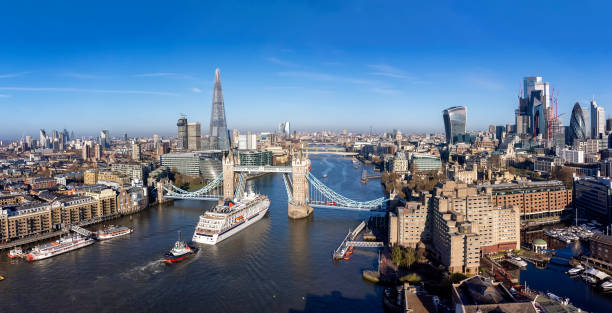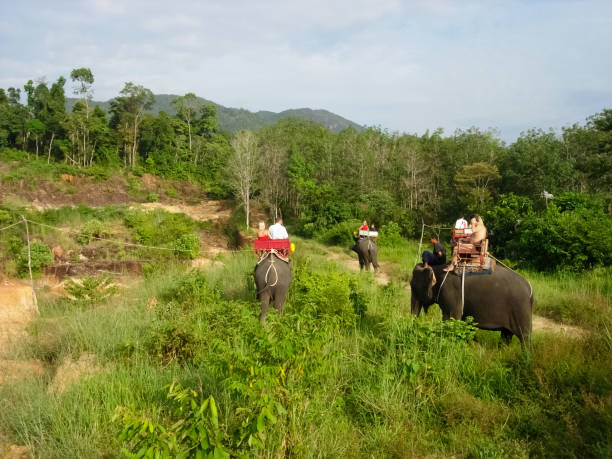Here’s a quick guide to Sri Lankan UNESCO sites
Affiliate links are used on this website to earn commissions for purchases you make at no extra cost.
Sri Lanka is renowned for its golden sand beaches and tea-plantation-coated countryside, yet there are plenty of historical sites to explore. There are eight World Heritage Listed sites in the country. The UNESCO attractions of Sri Lanka offer a fascinating mix of spirituality, ancient kingdoms, and endemic fauna or flora.
The country was one of the most beautiful islands I have ever visited. I was awed by its stunning beaches, high tea country, ancient citadels, and temples.
The rich history of Sri Lanka has seen it ruled by many monarchs and power over the years. The UNESCO attractions in Sri Lanka include ancient pilgrimage sites and colonial towns.
Even though Sri Lanka has been struck by the recent global pandemic and political and economic turmoil, it remains open to tourism, and the UK government has lifted its travel warnings. Before you plan your trip to this beautiful country that has captured my heart, verify the current covid restrictions and ETA requirements.
Here’s a quick overview of Sri Lanka’s UNESCO sites. If you’d like to learn more about Sri Lanka, check out this Sri Lanka travel guide.
Dambulla’s Golden Temple
Let me start with my favorite UNESCO attraction in Sri Lanka, the Dambulla Cave Temple.
For over two millennia, pilgrims have been visiting this complex of temples. Five sanctuaries contain some fantastic cave paintings.
Hidden behind the imposing Golden Buddha statue of Dambulla, this site can be reached easily from Sigiriya. A staircase leads to the caves above.
It boasts more than 150 statues and stunning Buddhist murals within the caves.
Ancient Polonnaruwa
Although the Kingdom Of Polonnaruwa may not be one of the oldest UNESCO sites in Sri Lanka, it is still worth a visit.
This was the country’s second capital (after Anuradhapura) and served as the nation’s helm from the 11th to the 13th centuries. It’s not surprising that Polonnaruwa is a world heritage-listed city, as it’s one of the most preserved ancient cities.
The innovative irrigation system built under King Parakramabahu’s leadership is particularly highlighted. An impressive network of water channels and reservoirs was created to increase the country’s agricultural production. Parakrama Samudra, along with various ancient monuments, is the best place to see them.
Sigiriya Citadel is Sri Lanka’s UNESCO-listed attraction.
The Ancient Citadel at Sigiriya
Although this impressive citadel looks terrific from afar, climbing Sigiriya will allow you to truly appreciate the ‘city in clouds’ built in the 5th Century.
This historic settlement, perched on the top of ‘the Lion’s Rock’ (which peaks at an impressive 180 meters), is a masterclass in ancient engineering. Unfortunately, most of the granite peak’s crown has been lost. However, the spectacular views across the Central Province from the ruins and low walls are still breathtaking.
The water systems are impressive, and it is challenging to pump water up to this height. The enormous lion’s head, which dominates the last staircase, is equally remarkable. You’ll want to bring your camera!
If time is limited and you can only visit a handful of Sri Lanka’s UNESCO sites, Sigiriya Caves and Dambulla Caves nearby can be combined into a whole day trip.
Historic Sacred City, Anuradhapura
Anuradhapura, the heart and soul of Sri Lanka, has been a landmark of UNESCO since 993 after an invasion.
The first capital of Sri Lanka, surrounded by dense jungle, was established by Buddhism. It dates back to the 5th century BC. The city was home to many Kings over the centuries. It flourished, and many grand palaces, temples, shrines, and monasteries were built.
Today, you can visit ancient sacred tree sites, explore lakeside temples like Isurumuniya, and still see weather ponds used for irrigation. This is another testament to Sri Lankan engineering skills.
Old Town Galle Lighthouse
Old Town Galle
The historic city of Galle, located on a southwestern hilltop and its fortifications, is another UNESCO attraction in Sri Lanka. The historical core reveals a more recent side of Sri Lanka’s history, including European colonization and invasion.
Built by the Portuguese in the 16th Century, it was later fortified by the Dutch and further developed by them. Galle was a well-established trading port for spices by the time the British invaded the island.
The Old Town has a distinct style influenced by the flow of people and goods. It’s an eclectic mix of Asian and European architecture. You can spend a whole day here wandering among the historic mansions, churches, clock towers, churches, and museums.
Galle and the beaches nearby make for a peaceful base from which to explore the country and find the best things you can do in Sri Lanka.
Inside a temple of the Sacred City of Kandy
The Sacred City Kandy
The entire ancient City of Kandy has been listed as World Heritage Site, but the Temple of the Tooth is the most well-known reason this attraction is a famous UNESCO attraction.
This important Buddhist site dates back to the 14th Century. Kandy was the capital of the last Sinhalese monarch before the British took over the country. You’ll feel calm as soon as you enter the complex. However, crowds can quickly make this disappear.
You can visit the Temple of the Tooth to see the sacred tooth of Lord Buddha. This temple is only accessible three times a day.
Central Highlands
Although Sri Lanka’s UNESCO sites tend to be about ancient archaeological and architectural treasures, two World Heritage Listed sites are more natural than manufactured.
The most impressive is the Central Highlands that stretch across the country’s southern-central region. The mountains rise thousands of meters above sea level. The forests cover the hillsides here, and wildlife such as the Sri Lankan leopard seek refuge.
Crossing Sri Lanka’s interior beauty is as beautiful as relaxing on the beaches. The Kandy-Ella train journey, now a landmark, is one of the best ways to traverse its lush and verdant interior.
The lush interior of Sri Lanka is home to tea fields.
Sinharaja Forest
Unfortunately, I didn’t get to the Sinharaja Forest Reserve, the last UNESCO attraction.
It is a biodiverse national park, and its location inland from Galle makes it easy to visit. To protect the rich fauna & flora, the park can only be accessed on foot if a guide is present.
This rainforest is home to endangered birds, amphibians, and endemic trees, making it one of the most natural places in the country. It is World Heritage Listed statues will help to keep it that way.




Post Comment